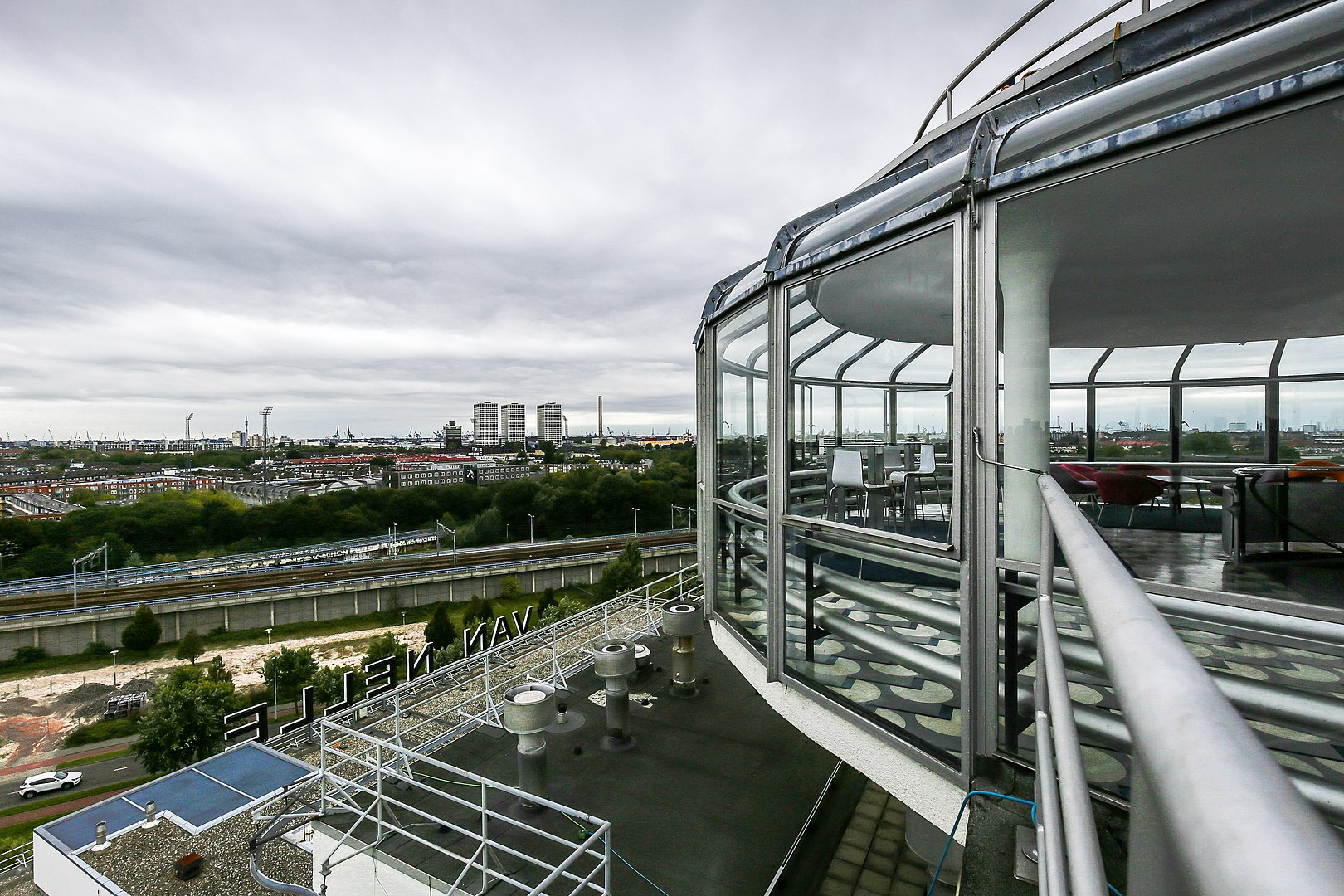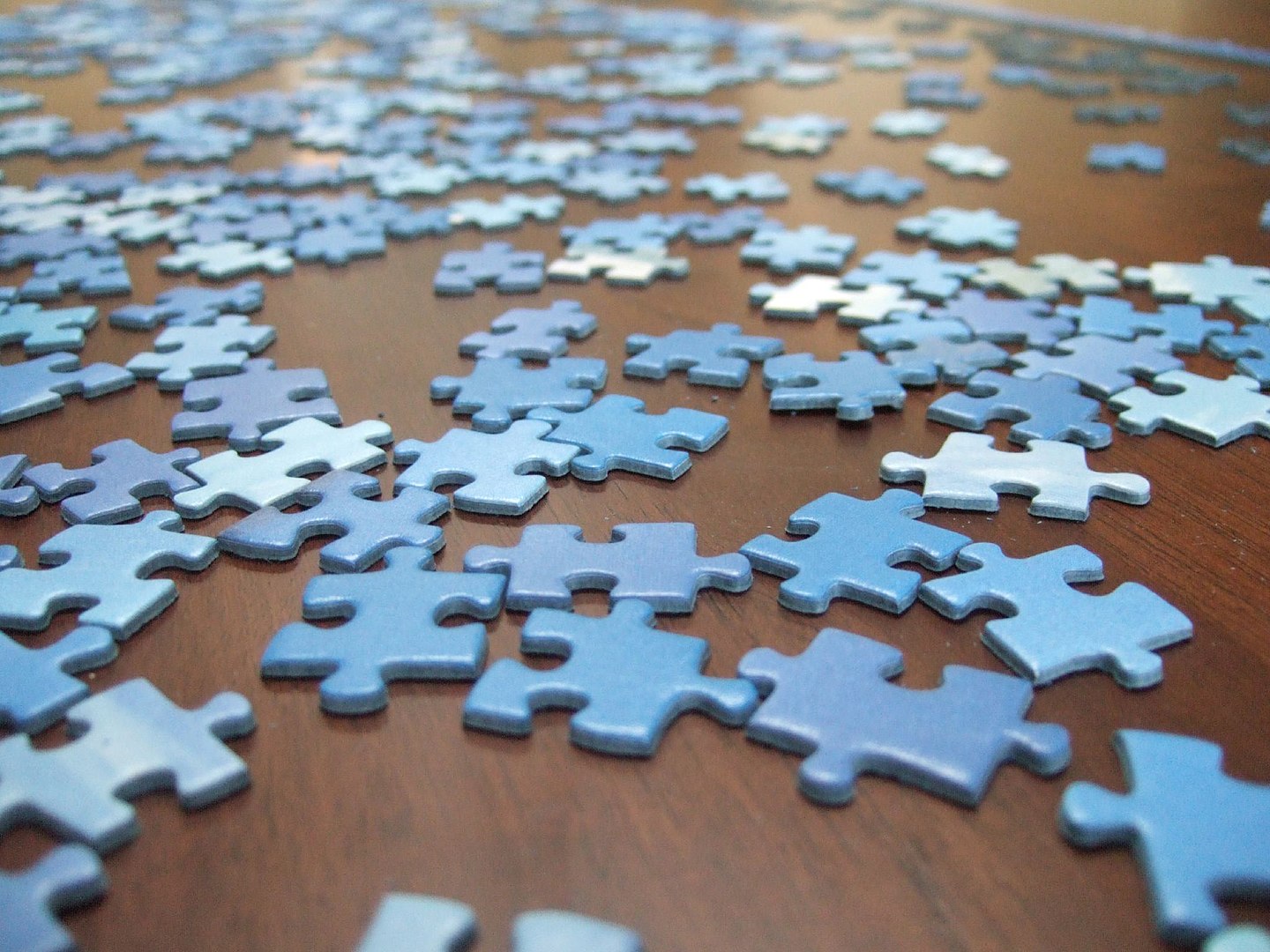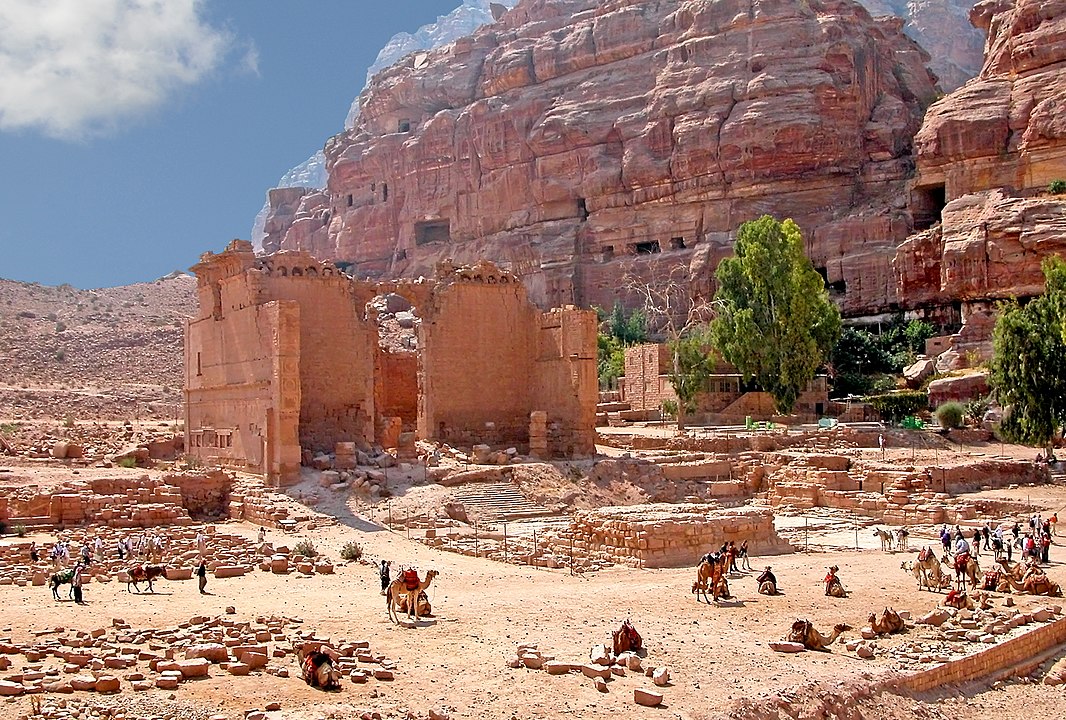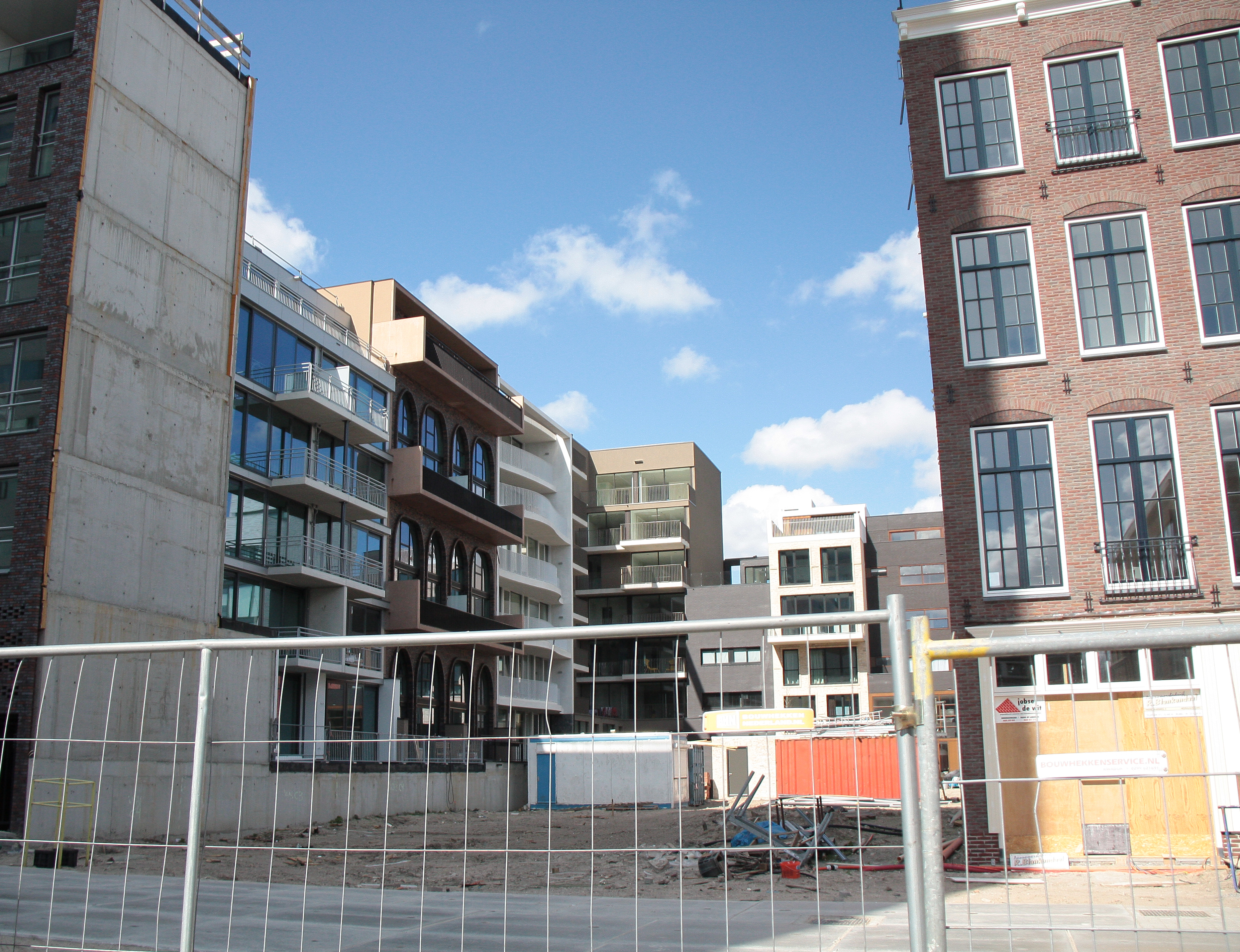Conference sessions
Conference themes:
1. Time: Evolution and Dynamics
Chair: Carola Hein
Speakers: Ignacio Galan Fernandez, Nan Bai, Ege Yildirim, Ozgun Ozcakir, Szu-Ling Lin
Culture & Sustainability is a field in fast development in the last decade, seeing governments, heritage organizations and academics exploring the role that culture and heritage can have in achieving sustainable development. Past research aimed at the integration of culture and heritage in the United Nations’ international agendas for sustainable development, which led in 2016 to the mention of heritage in SDG number 11.4 “Strengthen efforts to protect and safeguard the world’s cultural and natural heritage”, to be measured through a financial indicator. Yet existing research supports a broader contribution of heritage to sustainable development. Other management and policy frameworks have been developed to underline this role globally, such as the UN New Urban Agenda and UNESCO 2011 Recommendation on the HUL. What is being done to develop and implement these frameworks, dealing with the radical transformations that take place in urban and rural areas? Which actors trigger these dynamics and how does this affect heritage professionals’ ambitions and goals? How is heritage being defined, and how has it change over time? How is conservation and its relation to heritage evolving over time?

2. Roles: Tasks and Influences of Stakeholders
Chair: Ana Pereira Roders
Speakers: Lisa Mol, Sophia Labadi, Jovan Ivanovski, Arlene Fleming, Mahda Foroughi
The Heritage & Sustainable Development field is characterized by an intrinsic multiplicity. Sustainability has different dimensions – environmental, social, economic and cultural – which are addressed by several heritage disciplines and professionals, each with their own specific perspective and language. Sustainability, as a consequence, can mean something different to scholars, heritage professionals, and stakeholders, dependent on their affinities, outlook and interests. On the other hand, heritage can include a variety of attributes and values, which are determined by different stakeholders, with their own interests and ways to relate to heritage. Heritage management needs to deal with the complexity of actors involved in the process, plan and regulate their roles, on a local, national, regional and international level. In order to do so, it is crucial to understand: Who are heritage stakeholders? What are their roles and responsibilities in heritage management?

3. Disciplines: Capacities and Limitations
Chair: Erik de Maaker
Speakers: Diamantino Raposinho, Valentina Russo, Muhammed Absi, Sebnem Hoskara, Catherine Dezio
Over time, the meaning of cultural heritage has broadened from single monuments and objects of art to cultural landscapes and historic cities. In addition, it has expanded beyond materiality to encompass intangible expressions of culture. As a result, different disciplines and expertise, ranging from archaeology, the social sciences to area studies have entered the domain of heritage management and conservation. The resulting multidisciplinary discourse can provide valuable new inputs towards heritage’s potential impact on sustainable development. Forging bridges between academic discourse and a variety of heritage professionals, can address new dimensions of sustainability and facilitate important transdisciplinary collaborations that break new ground. Stakeholders with distinct backgrounds have different priorities, viewpoints and approaches. What are the disciplines most influential in heritage research and management? What are their strengths and/or weaknesses? How can interdisciplinary teams facilitate inclusiveness and equality?

4. Place: Local Reality vs global Ambitions
Chair: Koosje Spitz
Speakers: VP Raghavan, Süreyya Topaloglu, Paloma Guzman, Gerdy Verschuure, Ahmed Moustafa
International heritage organizations set ambitions to foster innovation in the herit-age field through guidelines, declarations and conventions, providing soft laws that individual countries can adopt and which they can comply with. These are drafted by professionals and academics coming from different disciplines, expertise and geographical areas, during international meetings aimed to find common ground and direction. Implementation on a national and local level can present administrative, political and regulatory challenges, which vary between regions, countries, provinces, cities, until occasionally even neighbourhoods. On the other hand, without local consensus and efforts, global ambitions cannot be met. How do different local realities have an impact on global policy frameworks and guidelines? How can a better understanding of local realities contribute to learning on an international scale? What are the challenges, and how can the gap between global ambitions and local realities be addressed?

5. Heritage and Well-being
Chair: Mara de Groot
Speakers: Jingyu Li, Daniel Navas Carrillo, Sebnem Hoskara, Tayeba Batool, Abeer Shaher Abu Raed
Sustainability is increasingly being understood to integrate social, economic, envi-ronmental and cultural dimensions. In the context of the SDGs, the cluster well-being (SDGs 1, 3, 4, 5 and 10) interconnects people-centred goals that reflect the so-cial foundation of sustainability. People-centred goals relate to how communities relate to heritage and how heritage contributes to their well-being and quality of life. These goals are being emphasized as an essential part of the sustainable devel-opment agenda, which aims to end poverty and ensure equitable access to health and education. How is heritage today contributing to the empowerment of commu-nities, inclusive societies and quality of life? How has it change over time? Where to move forward?

6. Heritage, Production and Consumption
Chair: Uta Pottgiesser
Speakers: Christian Ost, Anna Levadna, Leo Oorschot, Kalliopi Fouseki, Joana Gonçalves
The cluster Production and consumption (SDGs 2, 6, 7, 8, 9, 11 and 12) reflects on the intersections between people’s needs and the biophysical systems. It also re-flects on the production and consumption of goods and services – such as food, en-ergy or water – and on the resulting environmental pressures and impacts. This theme encompasses contributions that discuss the role of natural and cultural herit-age for sustainable consumption and production patterns, resilient cities and infra-structures, circular economy and affordable energy. What is the contribution of con-servation to sustainable development? What resources are conserved the most? What values matter the most? What can trigger conservation over resource deple-tion? How can heritage contribute to conservation and resource efficiency?
7. Heritage and the Natural Resource Base
Chair: Sandra Fatorić
Speakers: Suzanne Loen, Alaa El Habashi, Gül Aktürk, Grace Emely, Francesca Vigotti
The world as a biophysical system is experiencing unprecedented changes, that have a critical impact on its irreplaceable resources. Considered as essential for sus-tainable development, the cluster Natural Resource Bases (SDGs 13, 14, and 15) en-compasses goals relating to the natural environment. These address the governance of natural resources and public goods such as land and oceans, as well as the suste-nance of biodiversity and the management of climate change. Contrary to heritage resources, these ‘natural systems’ exist seemingly independent from human activi-ties, even though the latter have a great and potentially devastating impact on many of these. How can the governance of the ‘Natural Resource Base’ integrate with her-itage related concerns, to contribute to sustainable development?
8. Heritage, Governance Institutions and Means of Implementation
Chair: Charlotte van Emstede
Speakers: Ji Li, Carola Neugebauer, Farnaz Mohseni, Ana Tarrafa, Chris Polglase
The extension of the scope of heritage has pushed the field of heritage management towards more inclusive approaches. This process results in the integration of dis-tinct aspects of heritage, and brings together governments, the private sector, civil society, international organizations and other relevant actors. Such an integrated approach calls for transparency of governance institutions, equitable development and inclusive societies, to arrive at more sustainable development. For its imple-mentation, it is essential to strengthen partnerships based on cooperation across financial, technological, entrepreneurial and capacity-building scales. This present cluster (SDGs 16 and 17) encompasses contributions reflecting the relations be-tween heritage and governance. How is heritage being listed? What heritage? How does heritage listing crosses strategies and plans target various sectors e.g. trans-portation, energy transition, health, climate change, digital governance?

9. Heritage, SDGs and the next Generation
Chair: Jean-Paul Corten
Speakers: Hielkje Zijlstra, Jeffrey MacDonald, Ana Ivanovska Deskova, Ishanlosen Odiaua, Ilaria Rosetti)
The integration of heritage in the sustainable development discourse takes time and faces many challenges. Professionals from different disciplines have been working in the past three decades towards understanding and spreading awareness with respect to this topic, and with the SDGs the first international and interdisciplinary recognition has been achieved. In 2030 a new United Nations’ sustainability agenda will be adopted and a new generation of heritage professionals will bring forward the heritage & sustainability cause. Intergenerational collaborations are essential to ensure continuity. This theme provides a platform to the new generations, to address how they think out of the box, how they think the unthinkable. What are heritage organizations doing to ensure this continuity? What are new generations’ visions, utopias, scenarios and how do they cope with the challenges they face?